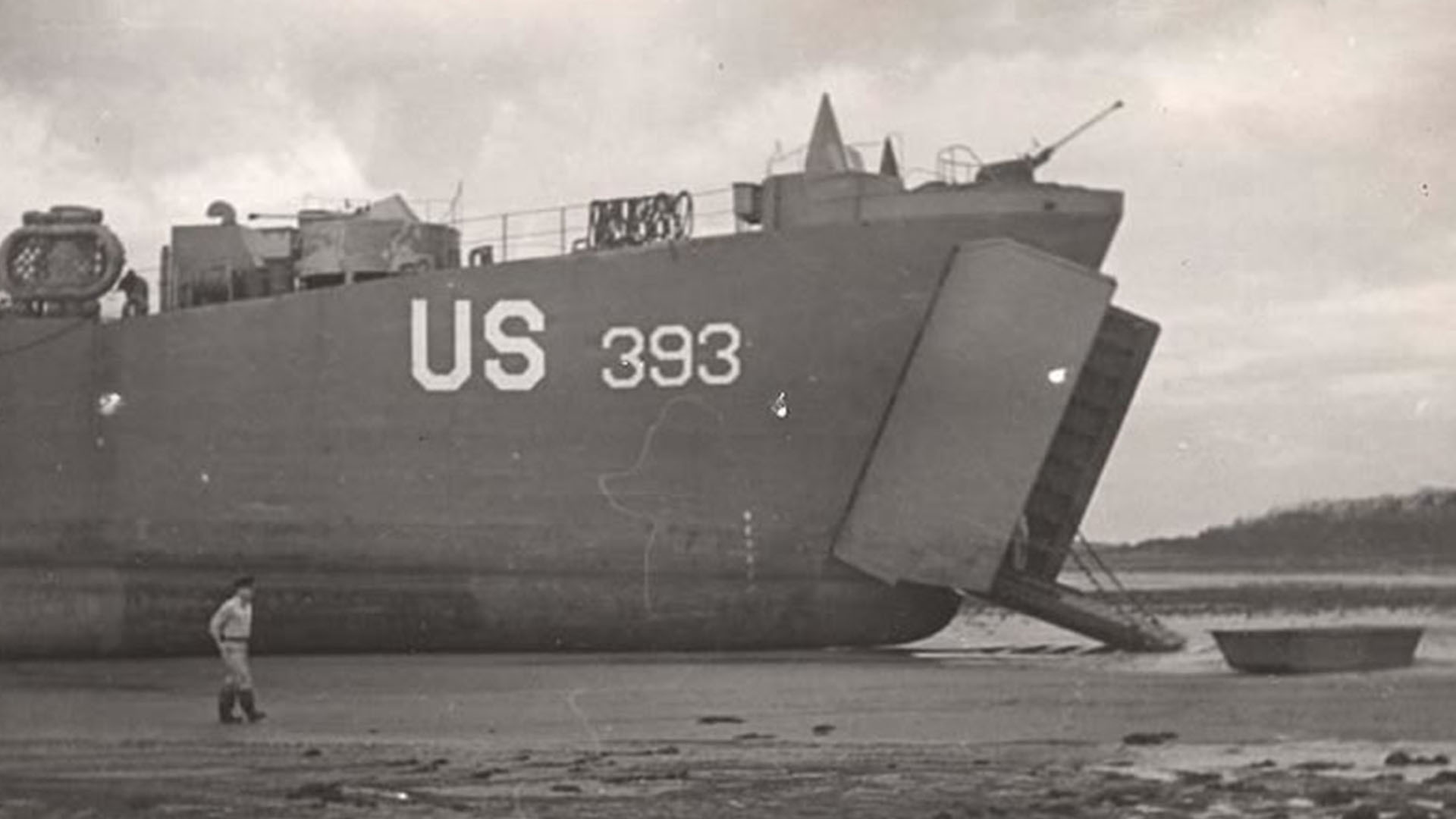Ballyholme Bay in Bangor, Co. Down lies on the southern side of Belfast Lough. It's now a quiet residential area popular with tourists, walkers, and sailors. In 1944, a different scene greeted those on the Bangor seafront. The Ballyholme area was a hive of activity, providing a base for American GIs and the US Navy.
Naval vessels filled Belfast Lough and the people around the Co. Down coast grew accustomed to seeing large military ships offshore. Before the D-Day Landings in Normandy, US troops rehearsed amphibious landings on the Co. Down coastline. In May 1944, Supreme Allied Commander Dwight D Eisenhower watched from USS Texas in Belfast Lough as US troops prepared for war.
The Ballyholme Boat Club
The yacht club was already thriving when war broke out. The outbreak of World War Two in 1939 slowed progress as materials became harder to come by. 1940 is still remembered by the people of Ballyholme as the only year when no racing took place. The war brought about huge technological advances in the sport of yachting. Clubs in Ireland saw the introduction of waterproof plywood. This was a stronger, lighter, and more malleable building material. More and more, yachting moved away from being a sport for only rich men.
Slater's Shipyard at Ballyholme
Next to the yacht club was the shipyard of Robert N “Bertie” Slater. Born in Scotland, he settled in Ballyholme in the 1930s, developing a small shipyard. During the war, the yard on the edge of Belfast Lough grew busier with Admiralty work. The government offered to cover his premises with two or three large sheds but he declined.
Slater was confident his yard was capable of carrying out the work and thought the money could be better used elsewhere in the war effort. The upper yard was a large shed building where the construction and manufacture took place. The rest of the area was open with tracks and dollies leading down to the Seacliff Road slipways.
The Sea Defences
Throughout World War Two, there were several air raid shelters in the area. Visitors to the shore today can see the red brick remnants of these provide defence of a different nature. The brickwork now forms part of the sea wall, which protects Ballyholme from high tides and crashing waves. Similar sea wall construction is evident along the coastline in nearby Groomsport.
LST 393 in Ballyholme Bay
In April 1944, Landing Ship Tank (LST 393) beached in Bangor, Co. Down. The US Navy carried out training exercises and practised beach landings in Ballyholme. The LST was a British-American collaboration vehicle. It was capable of beaching to deliver heavy equipment, making it ideal for the upcoming Normandy invasion.
LST 393 arrived in Derry/Londonderry on 10th April 1944 along with LST 331 and LST 392. Under orders, LST 393 proceeded to Belfast Lough, anchoring off Bangor around 1800hrs on 18th April 1944. The US Navy carried out work on the ship and put her through loading testing.
On 21st April 1944, LST 393 returned to Ballyholme from Larne, Co. Antrim where it completed two successful beaching exercises. The imposing vessel remained there until early in the morning of 24th April 1944. From there, she progressed to Dundrum Bay, and then Pollock Dock, Belfast. There she loaded with US Army personnel and vehicles bound for Swansea, Wales. At 1752hrs on 27th April, the journey that would take those men to Normandy had begun.
Ballyholme Bay is a popular destination for people visiting the seaside town of Bangor, Co. Down. LST 393 is now a museum, preserved at Muskegon, Michigan, USA.
